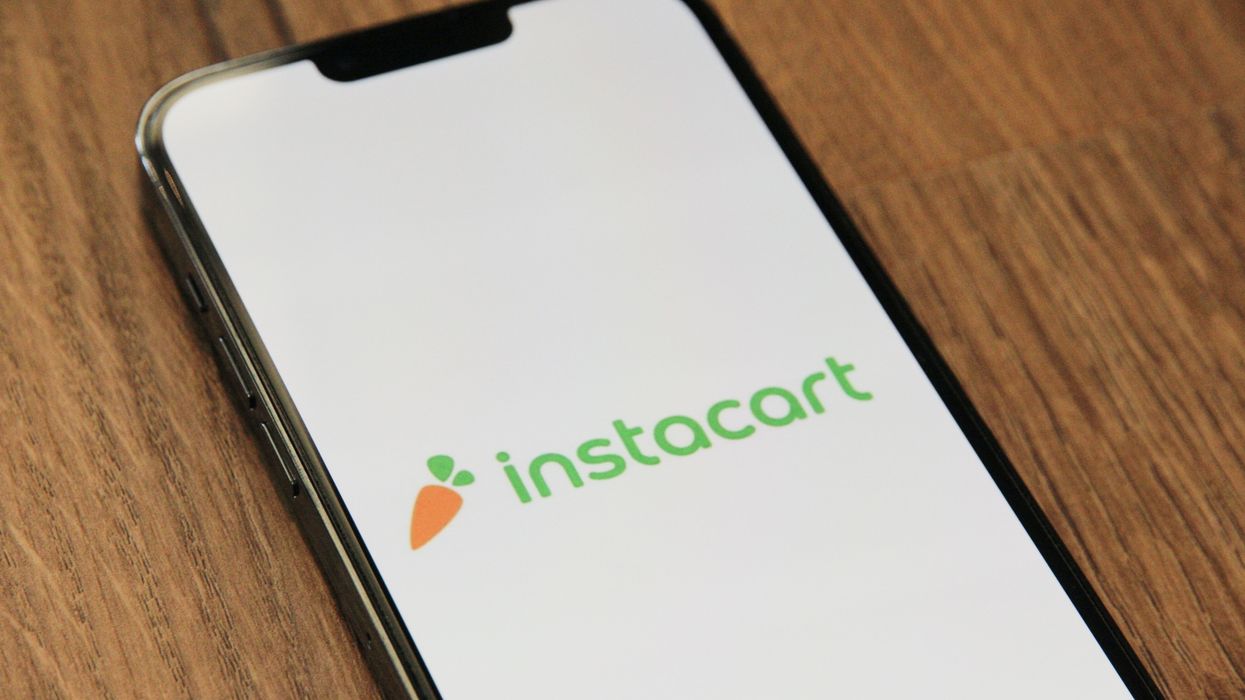At prominent brands and retailers, the pandemic years brought a massive uptake in digital and mobile shopping capabilities.
Curbside pickup, buy online, pick-up in store (BOPIS) and buy now, pay later (BNPL) went from innovation team initiatives being actively explored to must-haves. At the same time, multiyear roadmaps to stand up these capabilities were cut to months in 2020, enabling the blend of web, mobile and in-store retail. They were serving customers who were not only more comfortable using these approaches and switching between them, but growing to expect them.
“It was heading in this direction,” said Bernardine Wu, executive managing director of digital strategy at OSF Digital. COVID, she said, was “an accelerator" of adoption.
The 2022 Omnichannel Retail Index from OSF Digital has data to back it up. Initially launched in 2015 by Fit for Commerce, which is now the strategic consulting division of OSF Digital, and the National Retail Federation, the Index reports on 250 criteria from 115 of the most prominent brands and retailers. (You probably know them. Wu said they’re “the usual suspects”).
Here are a few data points that outline adoption of omnichannel capabilities, according to the Index:
- Curbside pickup was offered by 4% of the retailers reviewed prior to the pandemic. In this year’s report, 62% of the retailers are offering it.
- BOPIS was an approach employed by 66% of retailers in 2019, as many were already adopting it due to the potential for additional sales when a customer went inside the store. Now, it is used by 84% of the retailers. Further, 77% of the retailers offer same-day pickup, an uptick from 68% in 2021.
- Buy Now, Pay Later was used by 38% of retailers in 2019. Today, adoption is 74%. While the digital installment plans have faced scrutiny for potentially leading to an accumulation of debt as they have gotten more popular, retailers are increasingly seeing that offering consumers this choice is table stakes.
Yet even as adoption increases, there is still room to improve. Drill down into each of these categories, and there are still areas where adoption of best practices is low. This is one result of condensing launch cycles. Over the first two years of COVID, there was a rush to get capabilities in place. Now, there’s a need to catch up to best practices, Wu said.
This stands out in the area of curbside pickup: Only 28% of retailers have a filter built-in to the shopper experience that shows whether an item is available for curbside pickup only. Meanwhile, an even lower 13% of retailers offer curbside returns. Of note during this period of inflation, half offer the capability to refine selection based on what’s currently available in store. It’s an important consideration, given that shoppers are increasingly being careful about trips due to elevated gas prices, Wu said.
Ecommerce capabilities were also stood up quickly over the last two years, and there is still room to improve on this front, as well. Only about a quarter of retailers have back in stock notifications built into digital experiences, while about one-fifth have kitting capabilities that allow items to be grouped together. Even advanced search functions on a retail website can use improvement. Functionality in which customers are shown images based on what they type are only being used by 64% of retailers. A further 73% offer search terms for empty results. Auto-suggesting search terms, however, is built into 92% of these websites.
Taken together, it signals that a new phase of energy toward adopting best practices is necessary to create a richer omnichannel experience. When the Index launched in 2015, overall adoption of these omnichannel best practices was 54%. Seven years and a massive digital shift later, it remains at 61%. This year, it actually fell a percentage point from 62% in 2021.
“Leaders are investing significantly, but there’s still a lot of work to be done,” Wu said.
That’s especially important in the current phase of the pandemic. With restrictions lifting, retailers are reporting that shoppers are returning to stores in recent months. Yet they are emerging from lockdown with digital habits formed, and expectations about being able to access goods where they are and when they want it cemented. The customer moves between mobile, web and in-store with ease. In the past month, 72% of Americans have purchased something online using a PC, and 57% have done so using a mobile phone, the report states. Many cross between these levels with ease.
A person might see a notification on their phone about a sale, then shop on a laptop at home, put an item in a cart and pick it up in store. The goal is to create one seamless experience. And increasingly, parts of the shopping process that are available both digitally and physically will become part of that experience. A person may be able to slip into a dressing room in a store to see how an item fits, but they will also want to use an augmented reality tool to see what it might look like on them at home. Both are try-on experiences all the same.
“The customer does not know the word omnichannel,” Wu said. However, “The retailer needs to live and breathe omnichannel, because what omnichannel means is the customer is in the middle. The customer drives everything.”
Looking ahead, we asked the OSF Digital team where retailers should be adopting best practices this year. Here are three areas of particular interest that they identified:
- Sustainability: Two-thirds of retailers have a sustainability initiative, whether it is resale, a supply chain program or messaging. This was the first year the index asked questions on this topic, and continued development will be of interest.
- Livestreaming: Holding live shopping events can combine the immediacy (and potentially even the associate interactions) of in-store shopping with the convenience capabilities of ecommerce. Further development can help retailers create a more seamless experience.
- Cookieless connections: With tracking and targeting capabilities potentially becoming less effective, using zero-party and first-party data to communicate becomes more important. With this shift, serving relevant content and creating lasting relationships will become key.












